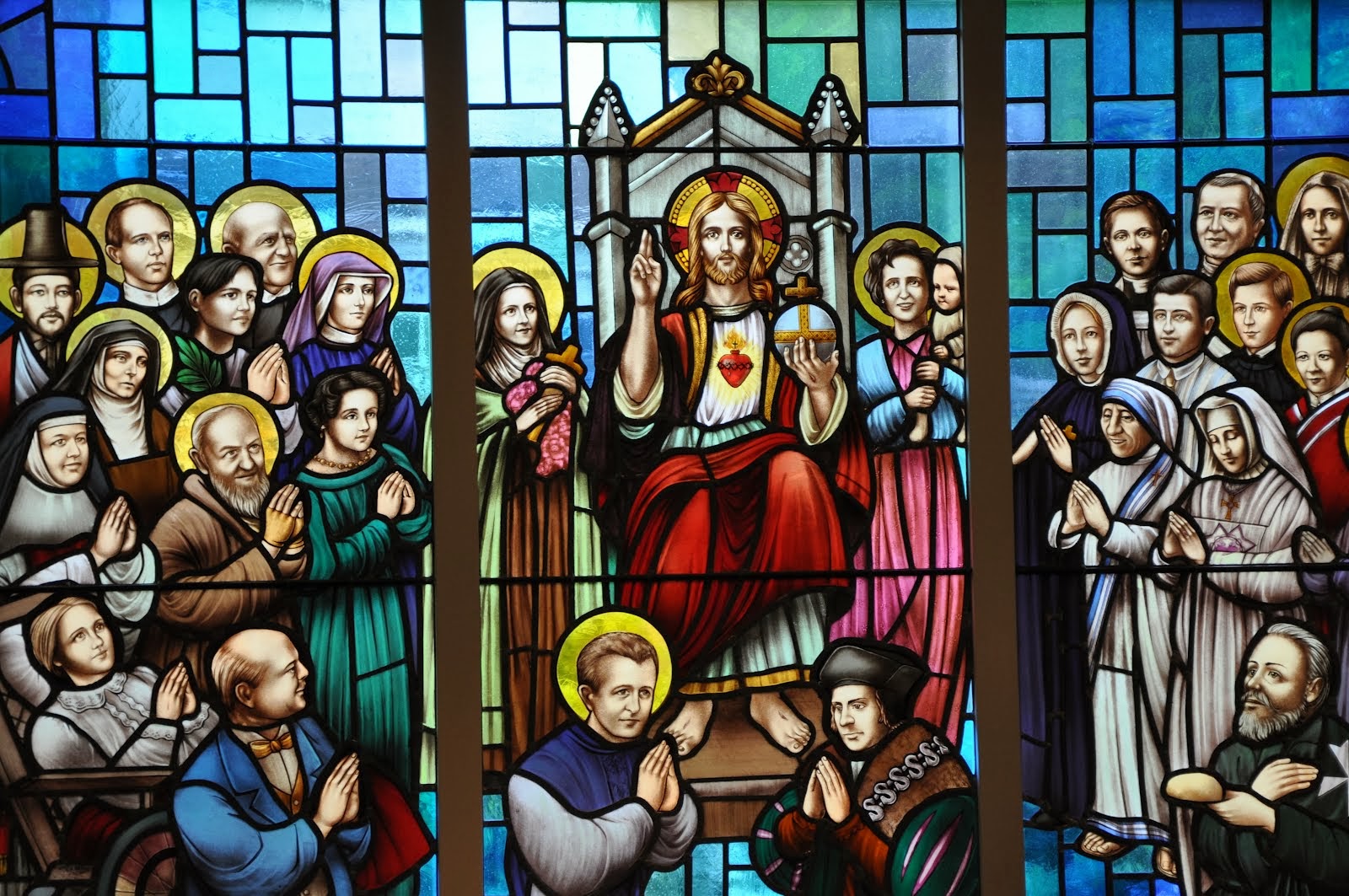
“For whereas the Word of God was without flesh, He took upon Himself the holy flesh by the holy Virgin, and prepared a robe which He wove for Himself, like a bridegroom, in the sufferings of the cross, in order that by uniting His own power with our mortal body, and by mixing the incorruptible with the corruptible, and the strong with the weak, He might save perishing men.” St. Hippolytus (2nd-3rd centuries)
“Let the whole world marvel: such a birth befits God. Not by a man’s seed but by a mystical in-breathing did the Word of God become flesh and the fruit of the womb flourish. The Virgin’s womb swells but the door of chastity remains shut. The banners of virtue are radiant: God dwells in His temple. Let Him come out from His bridal chamber, the royal hall of chastity, a giant of twofold nature, eager to run His course. His going out is from the Father, His coming back is to the Father, His journey is as far as hell, His return is to the throne of God. The equal of the Eternal Father, He girds on the trophy of our flesh, fortifying the frailty of our body with His enduring strength.” St. Ambrose of Milan (4th century, Doctor of the Church)
“Our every breath yearns for Christ. He alone is the Desired One, the most beautiful of all. Christ loved us in our unloveliness, in order to make us beautiful like Himself.” St. Augustine of Hippo (4th-5th centuries, Doctor of the Church)
“For He was not slow-paced, but He ran all the way, calling aloud by words, by deeds, by His death, His life, His descending, His ascending, calling out to us to return to Him. And He withdrew Himself from our eyes, so that we might return into our hearts (Is 46:8) and find Him there. He has gone away, and yet behold He is here. He did not stay long with us, and yet He has not left us. For He has gone to that place which He never left because the world was made by Him, and He was in this world (Jn 1:10), and He came into this world to save sinners (1 Tm 1:15).” St. Augustine of Hippo
“The Savior is not unlike the eagle. For, in a manner, He seized His prey, when He rescued the humanity, which He had put on, from the jaws of hell, and bore it to heaven.” St. Maximus of Turin (4th-5th centuries)
“…He was in the end dead yet victorious on the battlefield – dead because He died on the wood of the most holy cross, victorious because by His death He gave us life. He returned to the city of His eternal Father with His spouse as His spoils, I mean with our souls, whom God espoused when He took our human nature. Well may we focus our mind’s eye, wide open, on such a fire of love!…I want you to keep the memory of the blood of God’s Son, shed with such fiery love. This will be for us a continual baptism of fire that will cleanse and warm our soul, relieving us of all the filth and chill of sin.” St. Catherine of Siena (14th century, Doctor of the Church)
“He loved us with a love so firm, so solid, so ardent and so persevering that death itself could not cool it in the least. Quite the contrary, it warmed and increased it infinitely. The waters of the most bitter afflictions cannot quench the fire of His charity towards us, so ardent is it. Even the persecutions wrought by His enemies were not powerful enough to vanquish the incomparable solidity the constancy of the love with which He loved us.” St. Francis de Sales (16th-17th centuries, Doctor of the Church)
“Therefore, He Who made Adam in the beginning resolved in His mercy to make a new Adam, and by a further ineffable condescension determined that that new Adam should be Himself. And therefore, by His holy Prophet Isaiah, He announced before He came, ‘Behold I create new heavens and a new earth’. On the other hand Saint Paul calls Him ‘the image of the invisible God, the first-born of every creature’. And Saint John calls Him ‘the Amen, the faithful and true witness, Who is the beginning of the creation of God’…All the wisdom of the doctors, and the courage and endurance of the martyrs, and the humility and mortification of religious men, is from Him, as the beginning of the new and heavenly creation of God.” St. John Henry Newman (19th century)
“I recommend you to begin your prayer at the feet of the Sacred Humanity of Jesus Christ. He will bring you to Himself, through this veil, into the Sanctuary of His Divinity.” Bl. Columba Marmion (19th- 20th centuries)
“My Father, if I were able to fly, I would like to raise my voice, I would like to cry out to all with all the strength my voice can command; ‘Love Jesus, who deserves to be loved’.” St. Pio of Pietrelcina (19th-20th centuries)
“The Cross had asked the questions; the Resurrection had answered them….The Cross had asked: why does God permit evil and sin to nail Justice to a tree? The Resurrection answered: That sin having done its worst might exhaust itself and thus be overcome by Love that is stronger than either sin or death. Thus there emerges the Easter lesson that the power of evil and the chaos of any one moment can be defied and conquered, for the basis of our hope is not in any construct of human power but in the power of God who has given to the evil of this earth its one mortal wound – an open tomb, a gaping sepulcher, and empty grave.” Ven. Fulton Sheen (19th-20th centuries)
